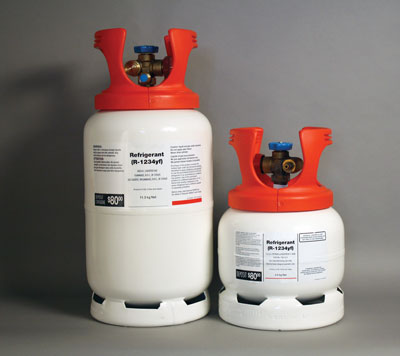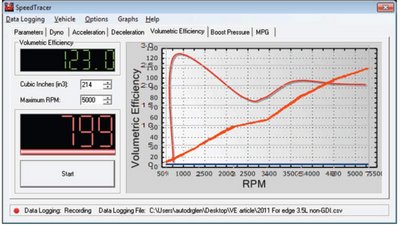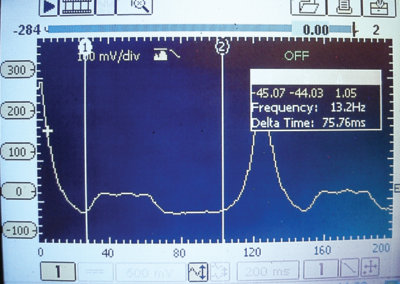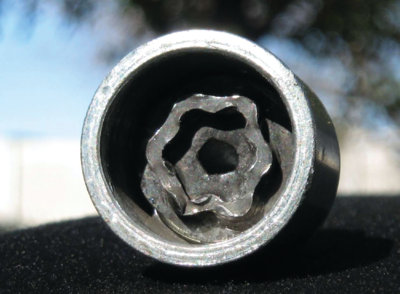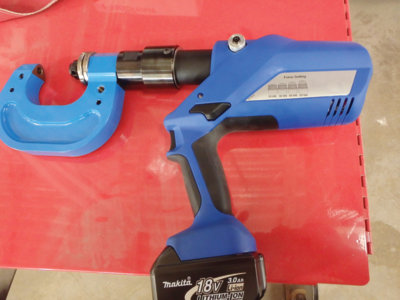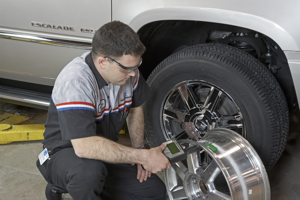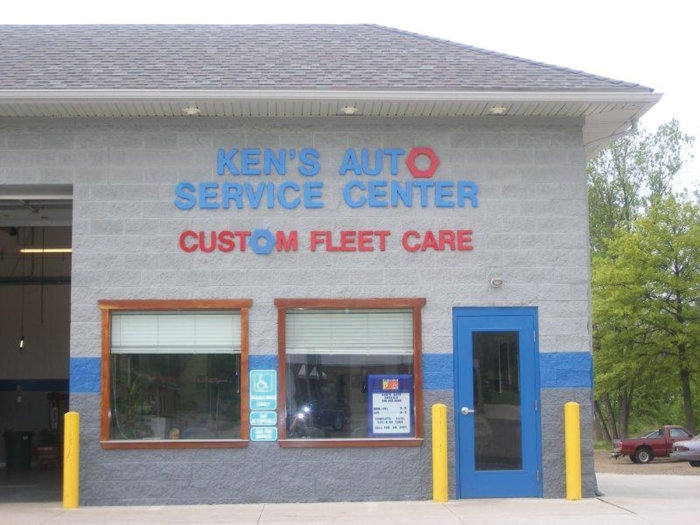ConocoPhillips Company, the fourth largest U.S. lubricants supplier, recently announced the addition of 76 High Performance Full Synthetic SAE 5W-20 Motor Oil to its current engine oil offerings. The new 76 High Performance Full Synthetic 5W-20 motor oil meets and, in some cases, exceeds the stringent performance requirements of ILSAC GF-4 and API SM and is suggested for use in Ford, GM, Honda, Mazda, Chrysler, Dodge, Toyota and other vehicles where the automaker specifies a SAE 5W-20 engine oil, according to Steve Tarbox, director of product management, ConocoPhillips Lubricants.
“Preventing premature engine wear and tear is important to many passenger car owners,” said Tarbox. “76 High Performance Full Synthetic 5W-20 motor oil can offer drivers a variety of performance benefits when compared to conventional engine oils, including enhanced protection against viscosity breakdown and deposit formation helping to ensure maximum engine life. Furthermore, the potential financial savings associated with reduced oil consumption and excellent wear protection makes 5W-20 engine oils a smart upgrade for consumers driving late-model vehicles.”
76 High Performance Full Synthetic 5W-20 offers the following benefits:
- Flows to critical engine parts more quickly than conventional oils in colder climates;
- Improved film strength at high temperature;
- Protects against deposits due to operating in high-temperatures;
- Assists in the reduction of oil consumption; and
- Provides increased protection against viscosity and thermal breakdown at high temperatures for extended “stay-in-grade” protection.
76 High Performance Full Synthetic 5W-20 meets the ILSAC GF-4 fuel economy test requirements, demonstrating significant advancement over SAE 5W-30 and 10W-30 engine oils. Key performance benefits attributed to the new 76 High Performance Full Synthetic 5W-20 motor oil also include lower volatility and better resistance to oil build up. These improvements help to ensure that the oil can endure the rigorous performance demands of today’s high-tech engines.
To locate a distributor in your area or for additional information about this new offering, visit http://lubricants.conocophillips.com.
For more information, go to http://www.conocophillips.com


